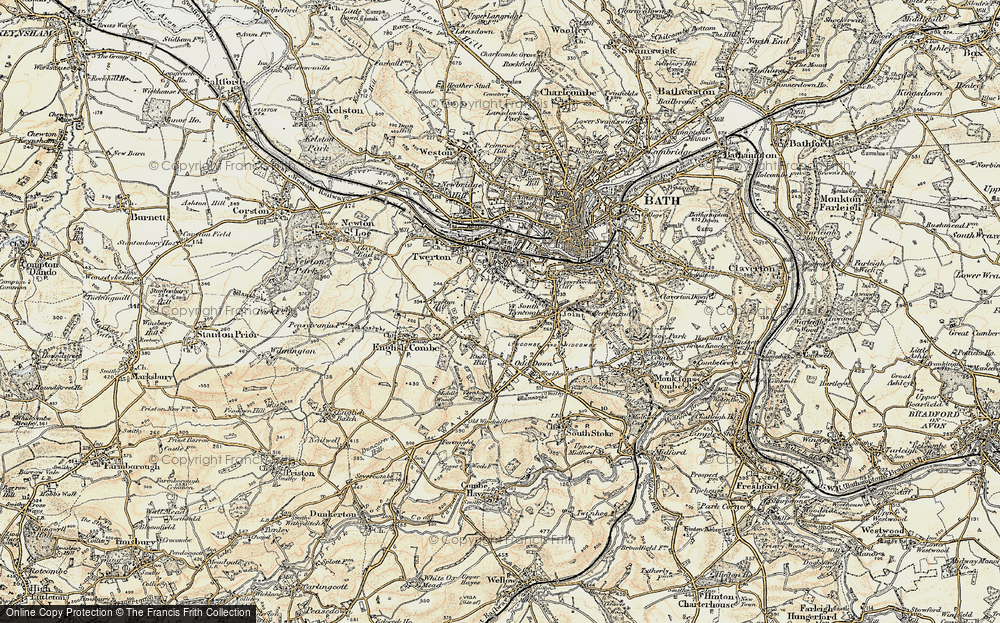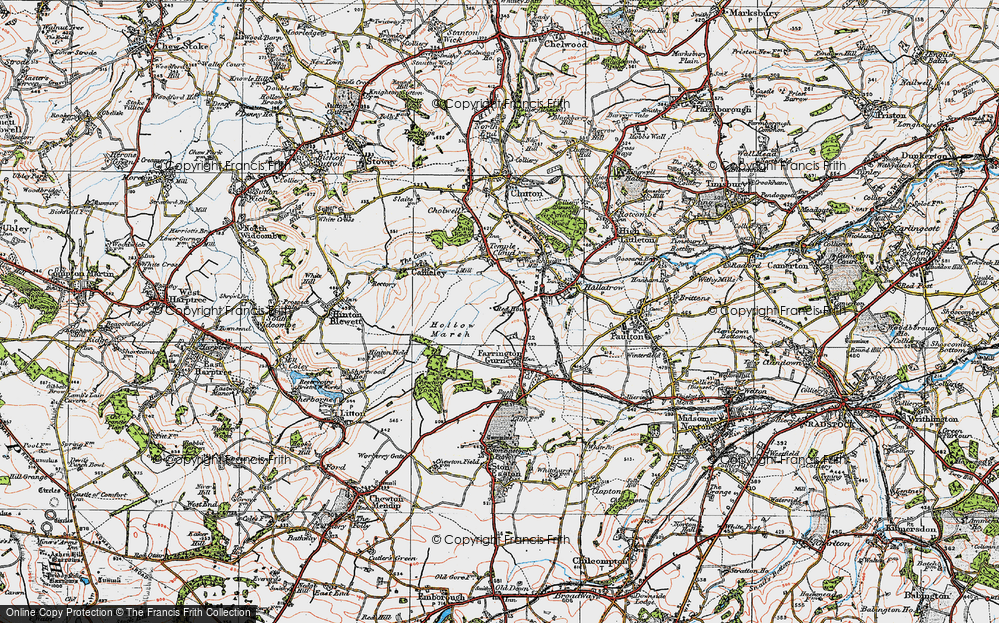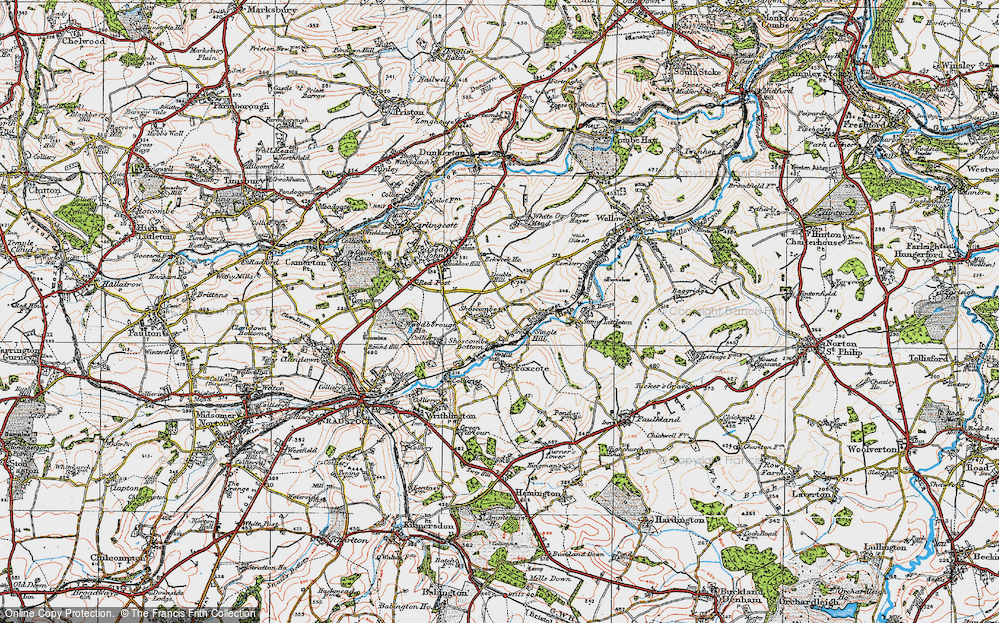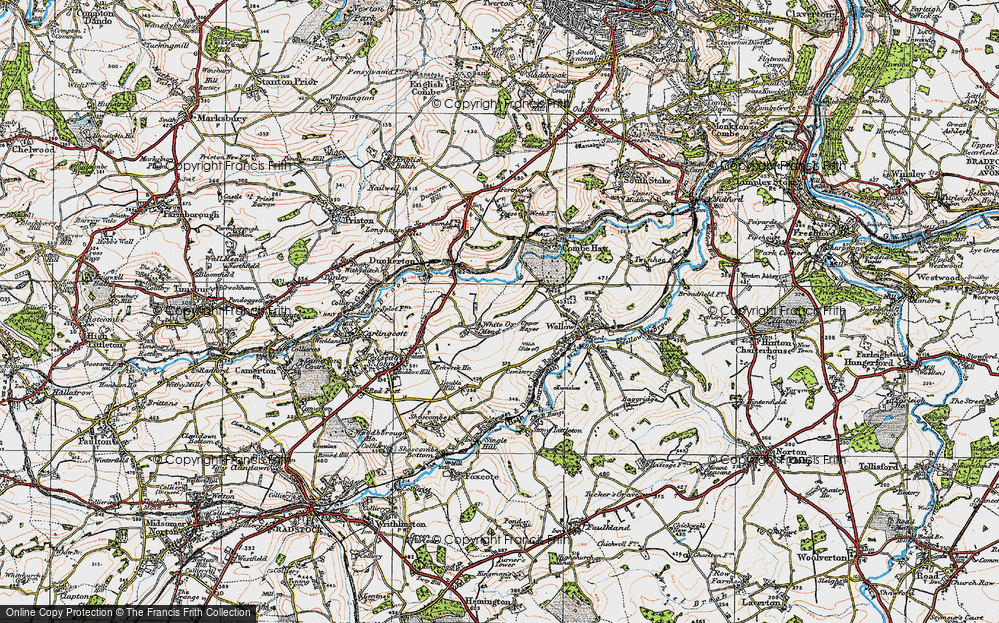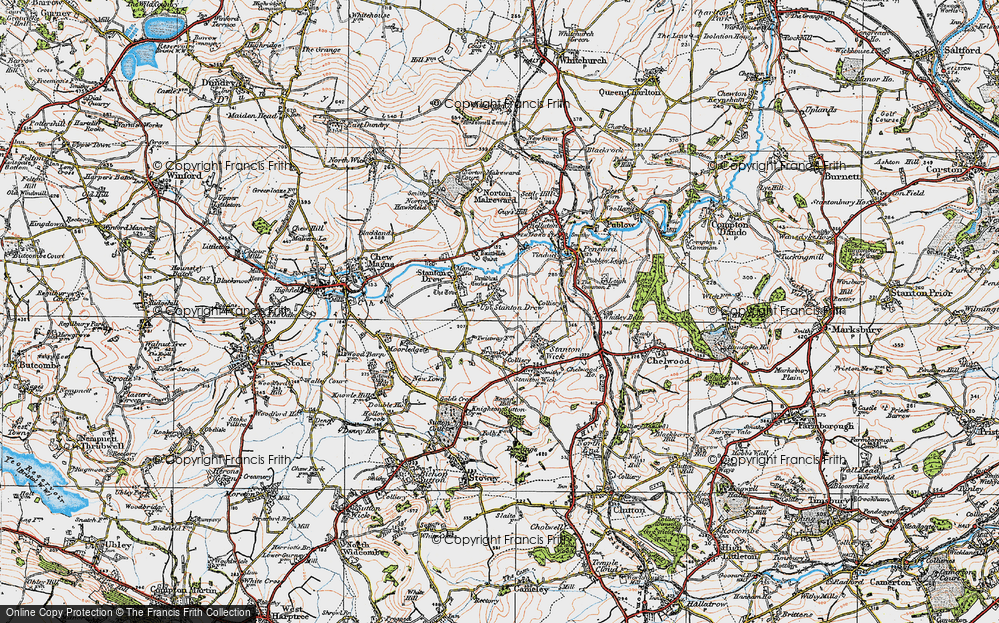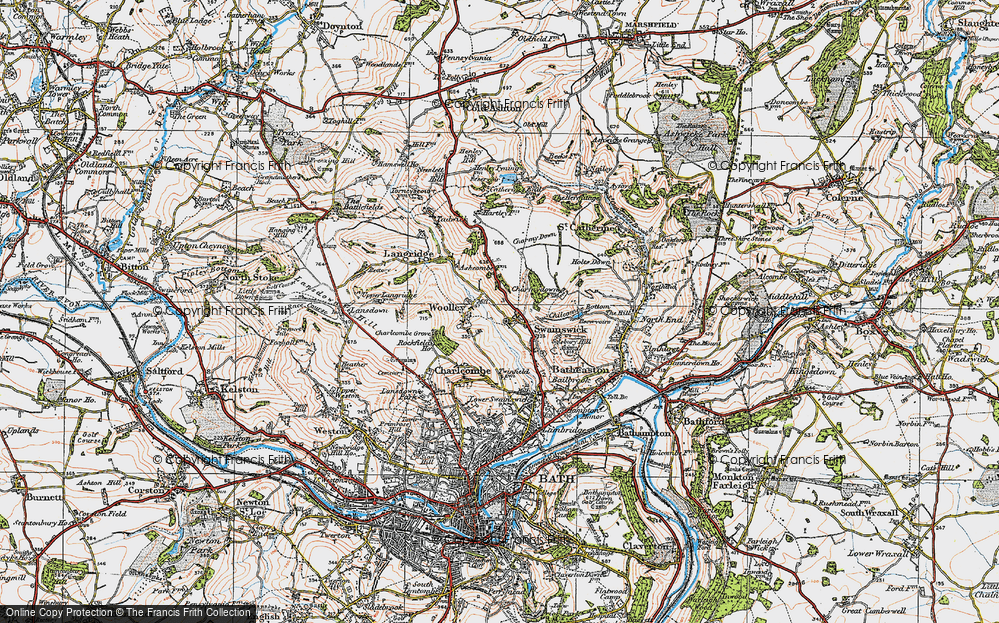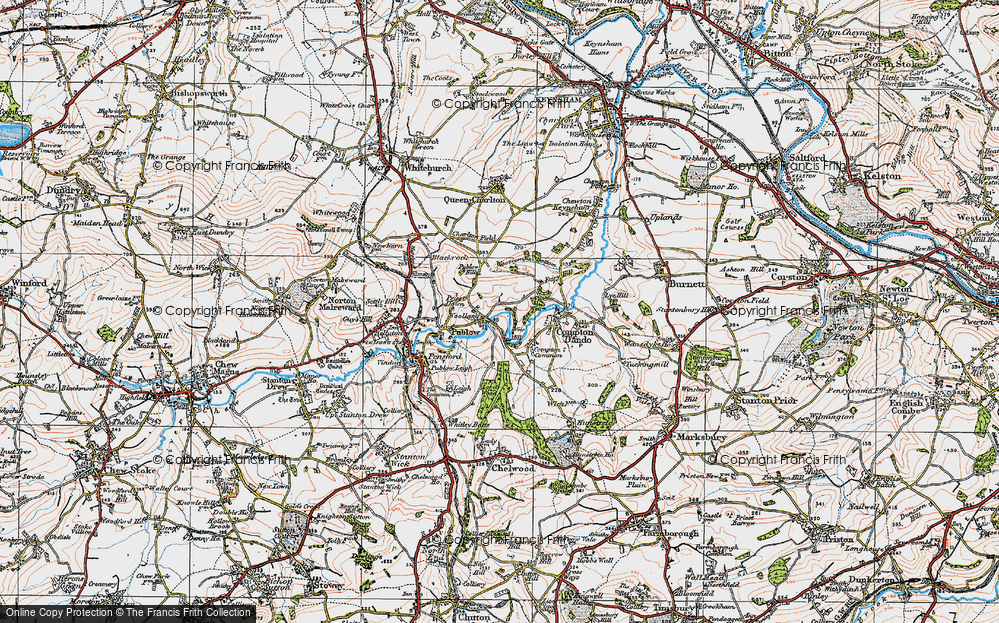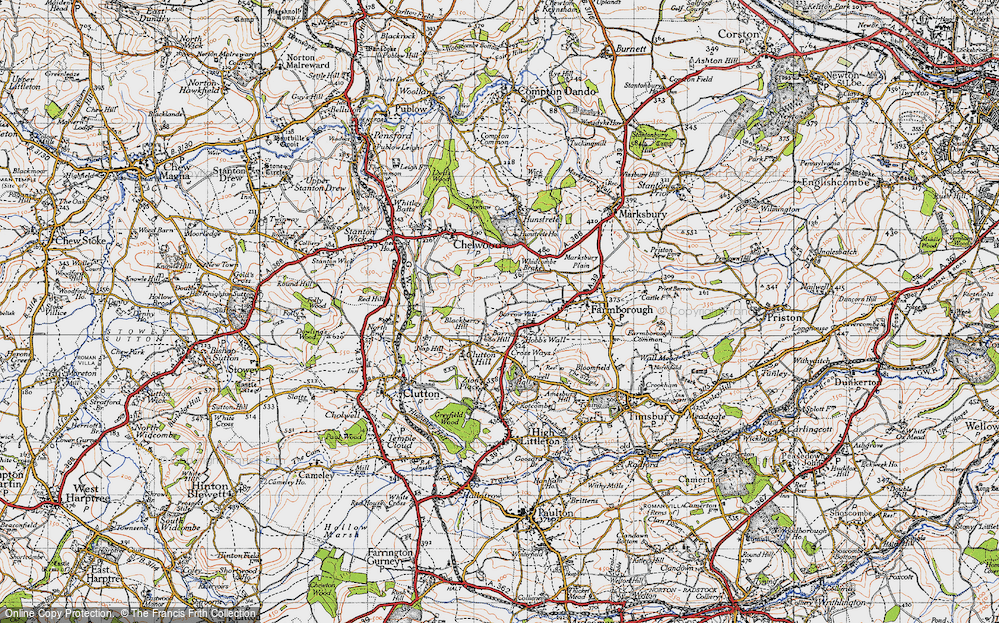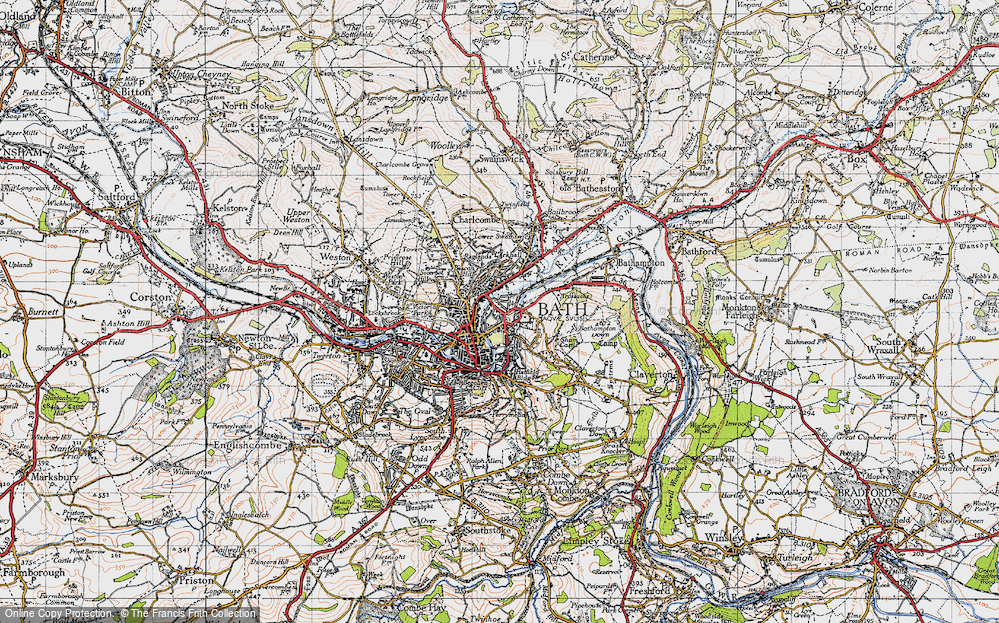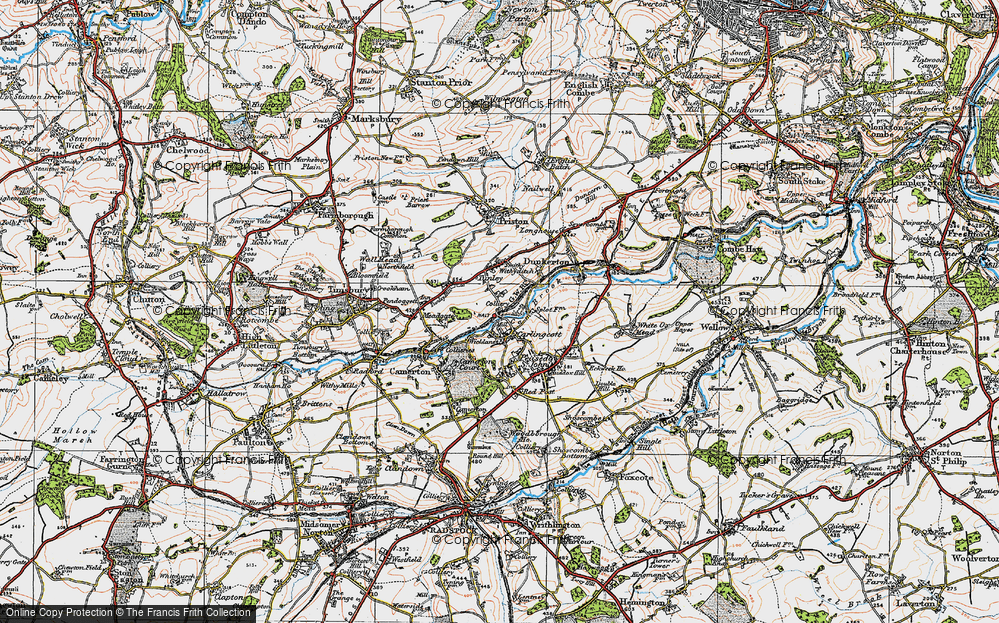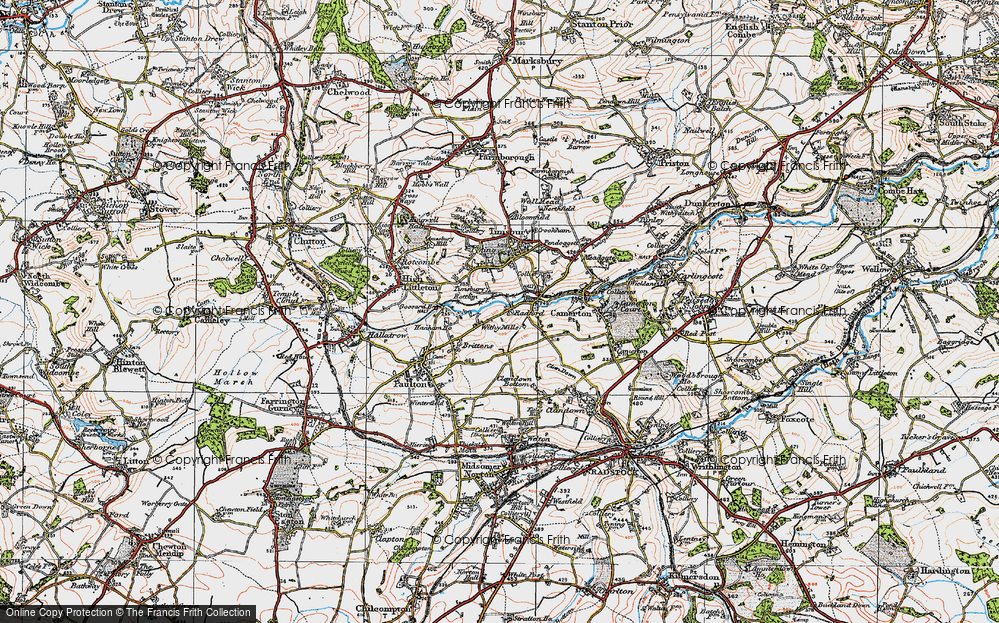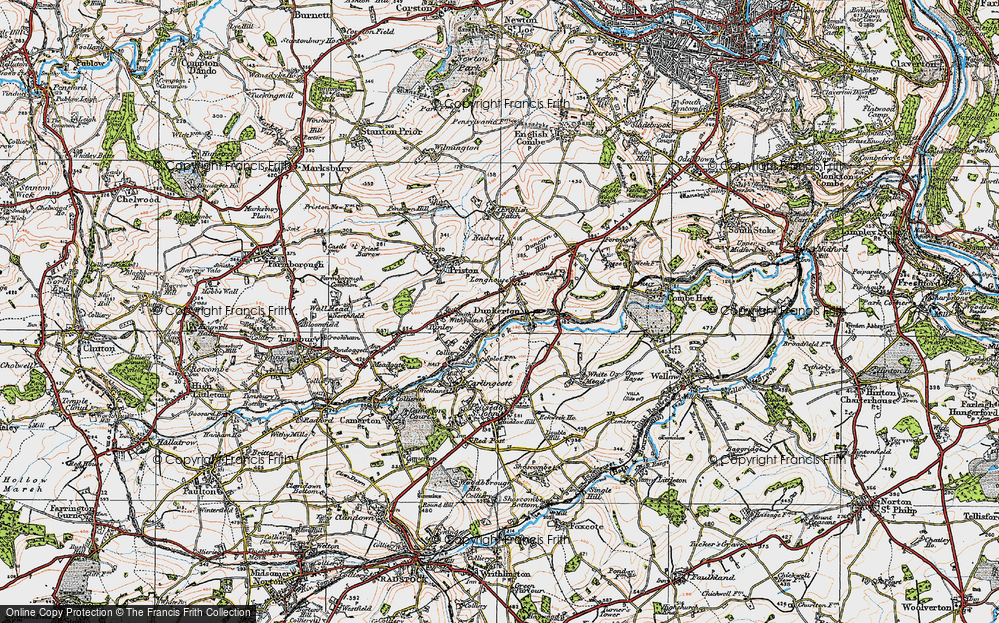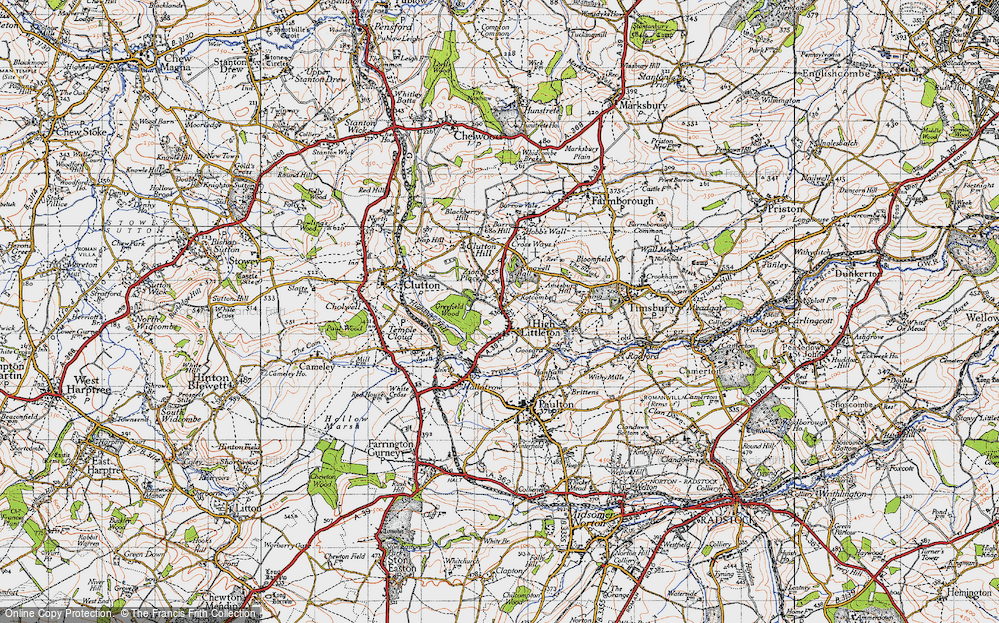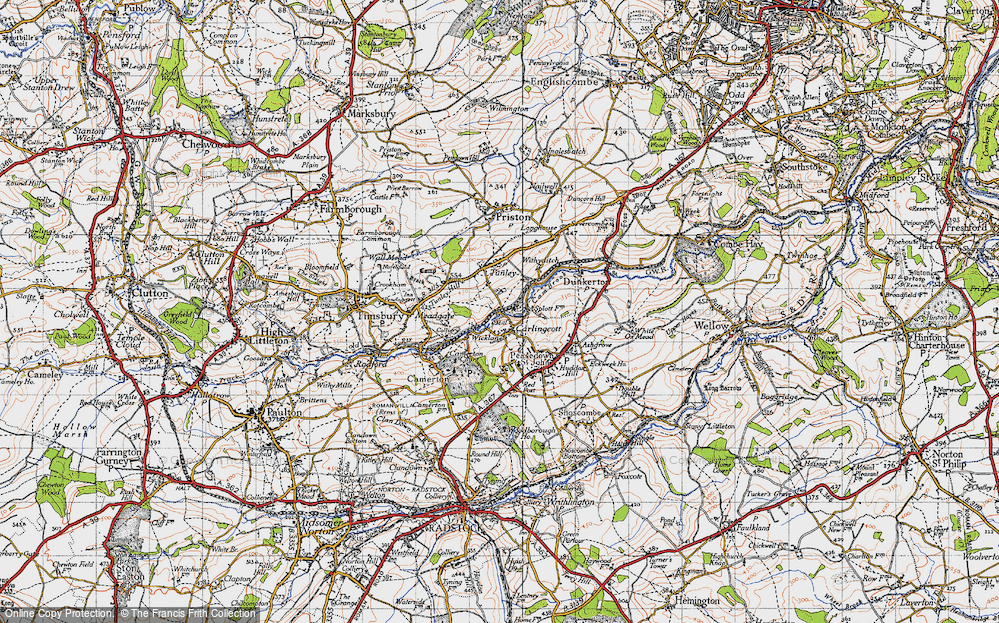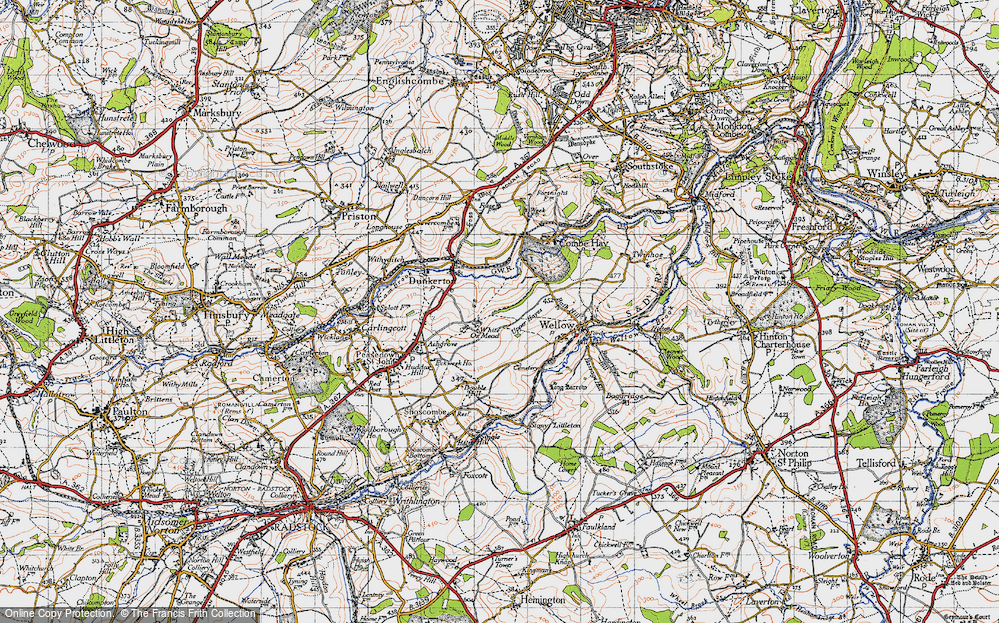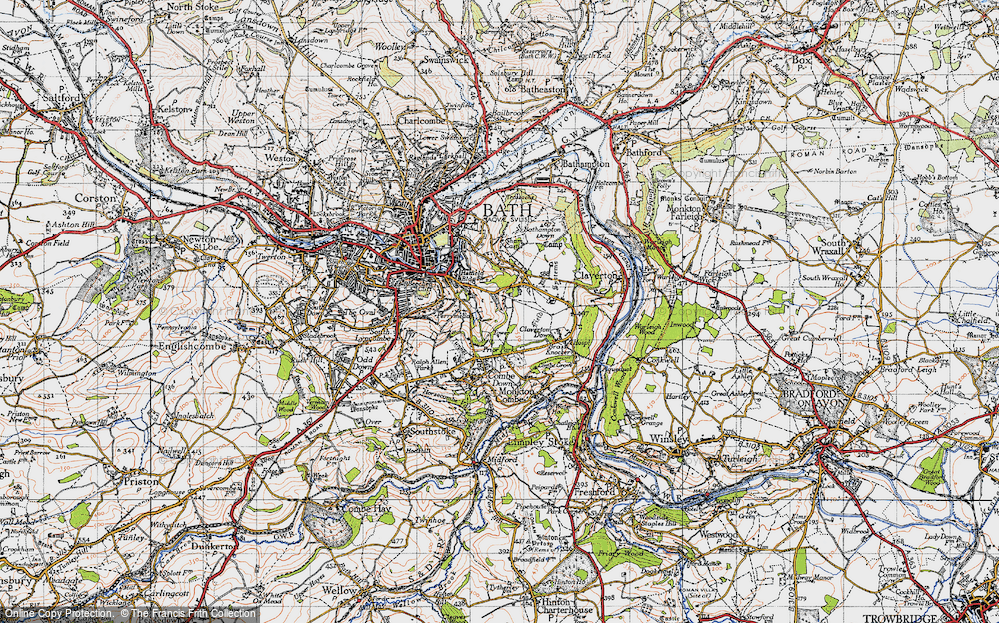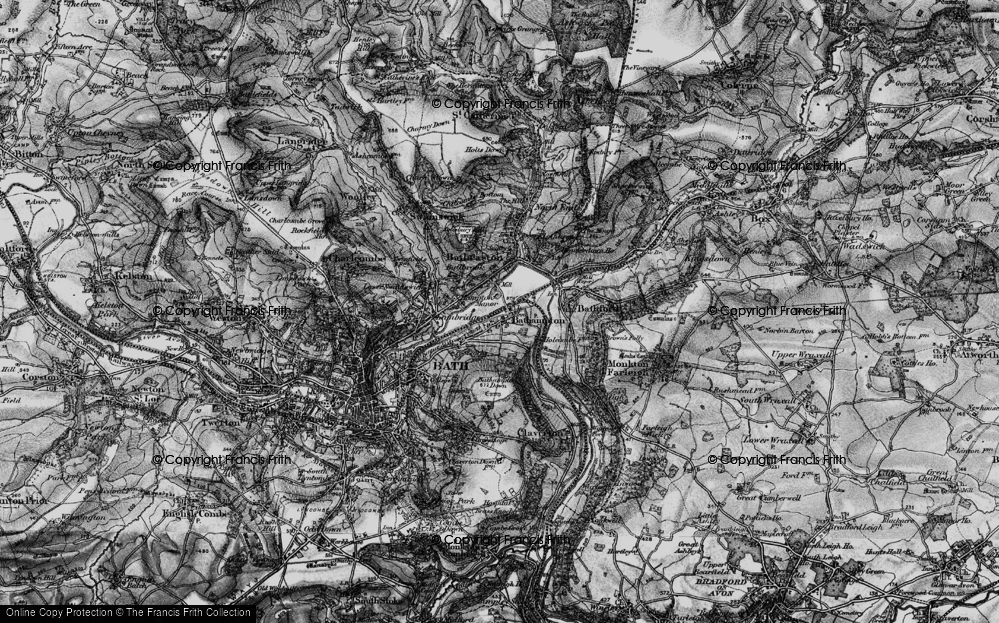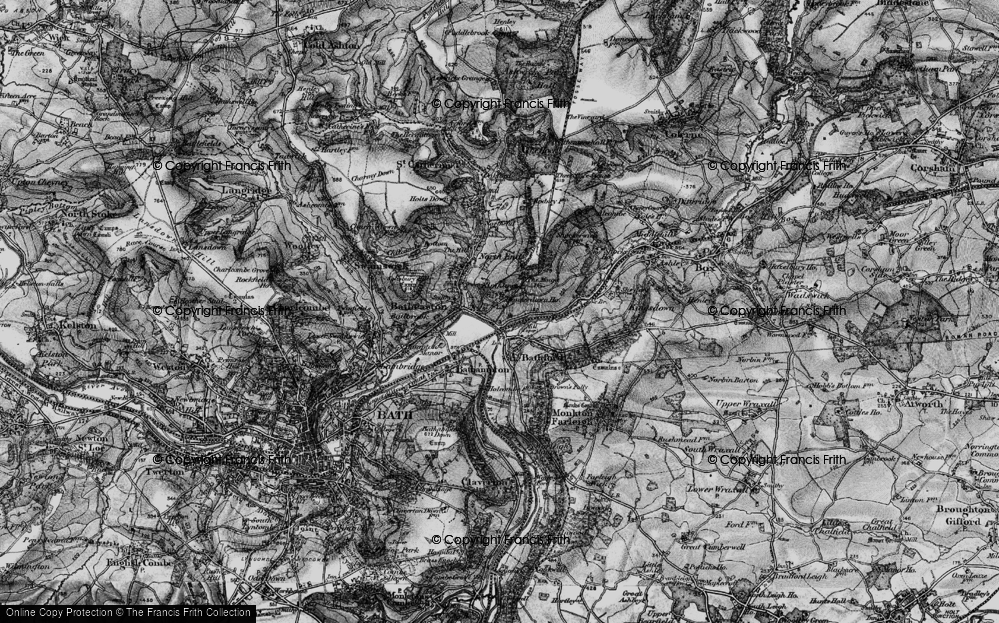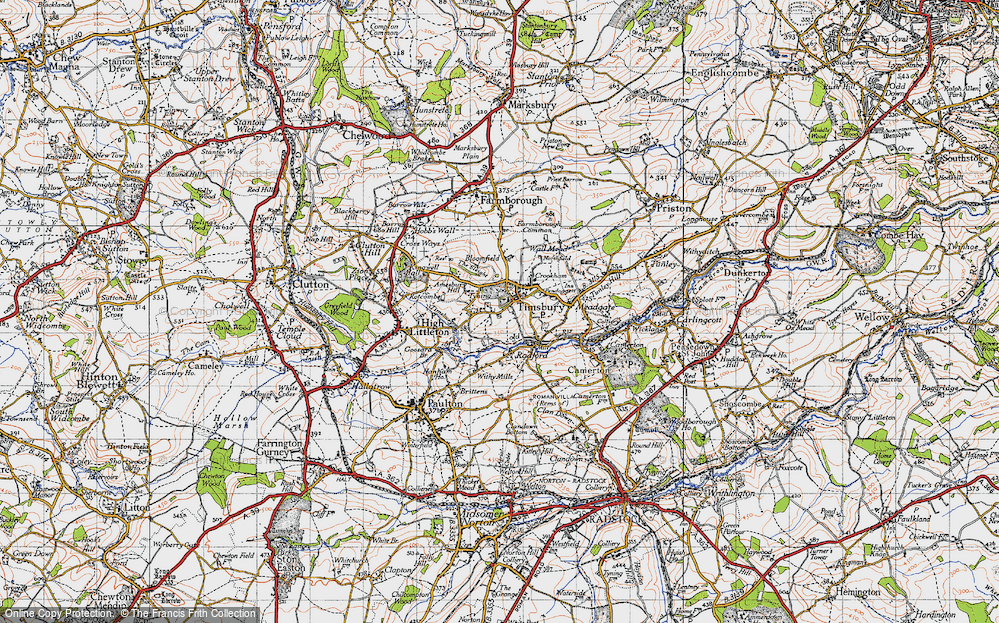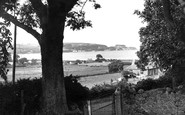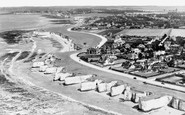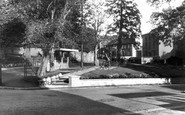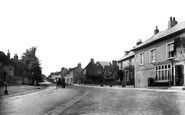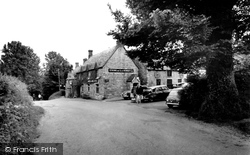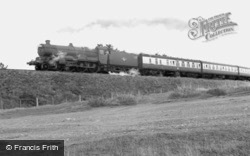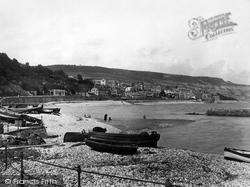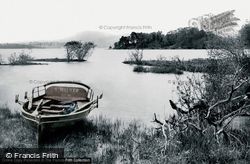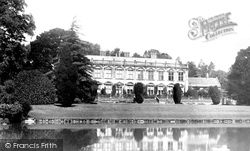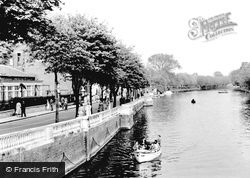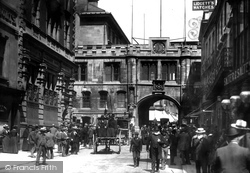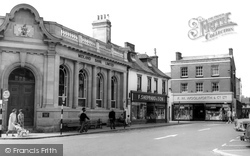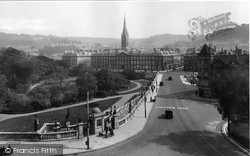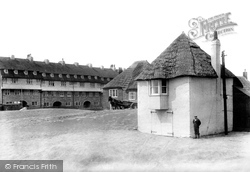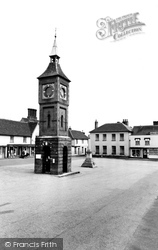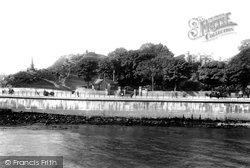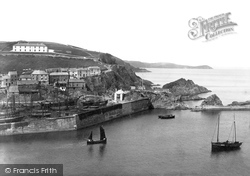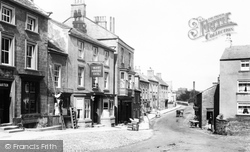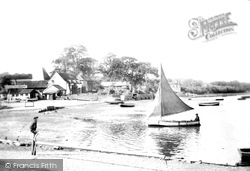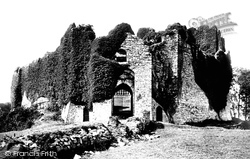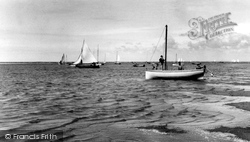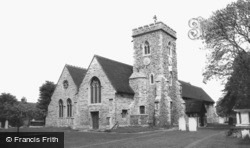Places
Sorry, no places were found that related to your search.
Photos
134 photos found. Showing results 401 to 134.
Maps
896 maps found.
Books
3 books found. Showing results 481 to 3.
Memories
540 memories found. Showing results 201 to 210.
Clitheroe And Trough Of Bowland
My father, Ken Hatton, worked as a surveyor with Cementation, a civil engineering company from Bentley Nr. Doncaster. They were driving a water tunnel under the Trough of Bowland. At that time we lived in Clitheroe ...Read more
A memory of Slaidburn in 1951 by
My Favourite Place In The World!
I was fortunate enough to live at Trevone and then Padstow from 1951 - 1964, living at Craig-y-Mor which is the white house with the big balcony right down on the bay. I have very happy memories of my childhood ...Read more
A memory of Trevone in 1951
Walk Down To The Bay
We used to walk down to Red Wharf Bay on the first night at my aunt's who had a house in the village at the bottom of the steep hill called Journeys End. It was wonderful to go to the paddly bridge as we called it and gaze ...Read more
A memory of Red Wharf Bay in 1950 by
Birchington & Minnis Bay
I was partly raised in Birchington during the 1950's, my Nan & Grandad and Aunts & Uncles also lived there, I would spend all my summer holidays there at my Nan's house in Park Avenue ...happy days, I still think ...Read more
A memory of Birchington in 1950
Completely Changed!!
My father took my mother and I on holiday to Woolacombe every year in the 1950's. At that time, in the height of the Summer months we would be the only family on the main beach (as well as the Barracane Beach where we ...Read more
A memory of Woolacombe in 1950 by
Memories Of St Peters And Broadstairs
I was born at 19 Church St, St Peters, where my grandfather owned the butchers shop. My first memory is of playing on the lino floor just inside the front door. My father, who served in the RAF during the ...Read more
A memory of Broadstairs in 1950 by
Lost Village Of East Holywell
I was born in East Holywell in 1946 and lived at 24 North Row. By then there were only 2 rows of houses left. We lived with my grandmother, Eva Barnfather, who had been there since the turn of the century. Like ...Read more
A memory of East Holywell in 1950 by
The Halcyon 1950's
I lived with my family in Connaught Gardens from being born in 1949 to late 1960 when we moved to Shiremoor. At the end of our street was an overgrown, rubble strewn wasteland which we called 'The Croft'. A natural childrens ...Read more
A memory of Forest Hall in 1950 by
Re Howes And Son Butchers.
I have many, many happy memories of the 1950s, my dad was your grandmother's brother? Reg Allen. I have memories of your granddad Joe and Ethel and the shop, they were always busy on a Saturday afternoon so I would ...Read more
A memory of Shirehampton in 1950 by
My Time In Godstone
I was baptised at St Nicholas church, we were then living at the Homestead vicarage. After a short time living in Sussex we moved back and lived in 13 Salisbury Road. I went to the school riding on my bike. We played by ...Read more
A memory of Bletchingley in 1950 by
Captions
870 captions found. Showing results 481 to 504.
The journey to Studland Bay has always been a favourite excursion for tourists from the nearby resort of Swanage.
A Great Western steam locomotive hauls the Cornish Riviera Express towards St Austell from Par. The train is seen from the Carlyon Bay golf course near the Crinnis arch.
We view the town from the beach below the Royal Standard. The North Wall (right centre) has since been joined to the mainland (in 1979) by a random wall of rough boulders.
This view was taken looking across White Cross Bay to the northern end of the lake.
The south façade of the house is built in the 17th-century English Renaissance style, with pedimented bays overlooking a terrace and lawn to a lake below.
Taken from slightly further out over the river from the bridge, this view shows the riverside conservatory/orangery added to the Swan's rear ranges before 1900 - it has subsequently been
Many of the Morecambe Bay boats had names suggesting that they were bigger vessels, such as the 'Queen Mary' in the foreground -but she predated the Cunarder.
The Hepworths shop in photograph No 25657 was taken over by a local bank and given a splendidly bulbous and fruity Flemish-style ground floor soon after 1890.
Five centuries ago, St Peter's Church and elm trees occupied what is now The Square.
This view, taken from an upper floor window of the execrable Empire Hotel, looks beyond the Parade Gardens, laid out in the 1880s, to North Parade, a long 'palace front' of twenty-five bays with a central
On the right is the 1894 School of Industrial Art, built in Arts and Crafts style, with an inscription by William Tooke.
This small thatched building, with its telegraph connection standing alongside, faces towards the sea.
Southport has the country's longest pleasure pier, which runs for 1,211 yards over the marine boating lake and sands to the sea with attractions that included shows and amusement arcades, as well as a
The house on the corner of Chapel Street (centre) now has a porch in the second bay. Still's stores (right) later became Simpson's antique shop, and since 1990 it has been a private house.
A 1904 view of the pier esplanade, castle rock and the new castle. There were no trams serving Dunoon, but there were a number of horse-drawn omnibuses working between the West and East Bays.
A small fishing boat sails out into the calm waters of St Austell Bay, while larger boats remain packed into the inner harbour.
Masham straddles the River Ure. One of Masham's distinctive features is its large market place, where fairs would see as many as 70,000 to 80,000 sheep and lambs up for sale.
Before the deepening of the channel to Ipswich, ships stopped at Butterman's Bay to be unloaded into barges from Pin Mill.
A moody shot of Charles and William Warren`s boathouse at Eype Mouth, southwards across Lyme Bay. Crab, lobster and crayfish pots are stacked by the door.
Situated four miles south-west of Swansea overlooking Swansea Bay, Oystermouth derives its name from a Norman/English corruption of Ystmllwynarth.
This busy scene shows yachts being rigged ready to sail and others with their sails full as their occupants enjoy the fresh sea air of Liverpool Bay.
Some of the right hand side is taken up by Jolly's, the famous Bath department store which had a most elaborate Victorian stone and granite shopfront of 1875 added to part of its frontage.
The huts are arranged just above the high tide mark along the length of Par Beach. Much of the sand has been derived from waste entering the bay from mines and china clay works inland.
We go north-east to Willesden, an area mostly developed by the end of the 19th century with lower-class terrace housing which swamped the hamlets that made up the parish.
Places (0)
Photos (134)
Memories (540)
Books (3)
Maps (896)


